For assert macros in my iPhone project, I'm looking for a way to programmatically break into the debugger. On Windows (MSVC++), I can use __debugbreak() for this purpose. Invoking this function will stop my program, launch the debugger, and display a callstack of the line that called __debugbreak().
Is there anything similar to __debugbreak() for the iPhone? I've tried Debugger(), but that gives me a linker error.
Thanks, Claus

